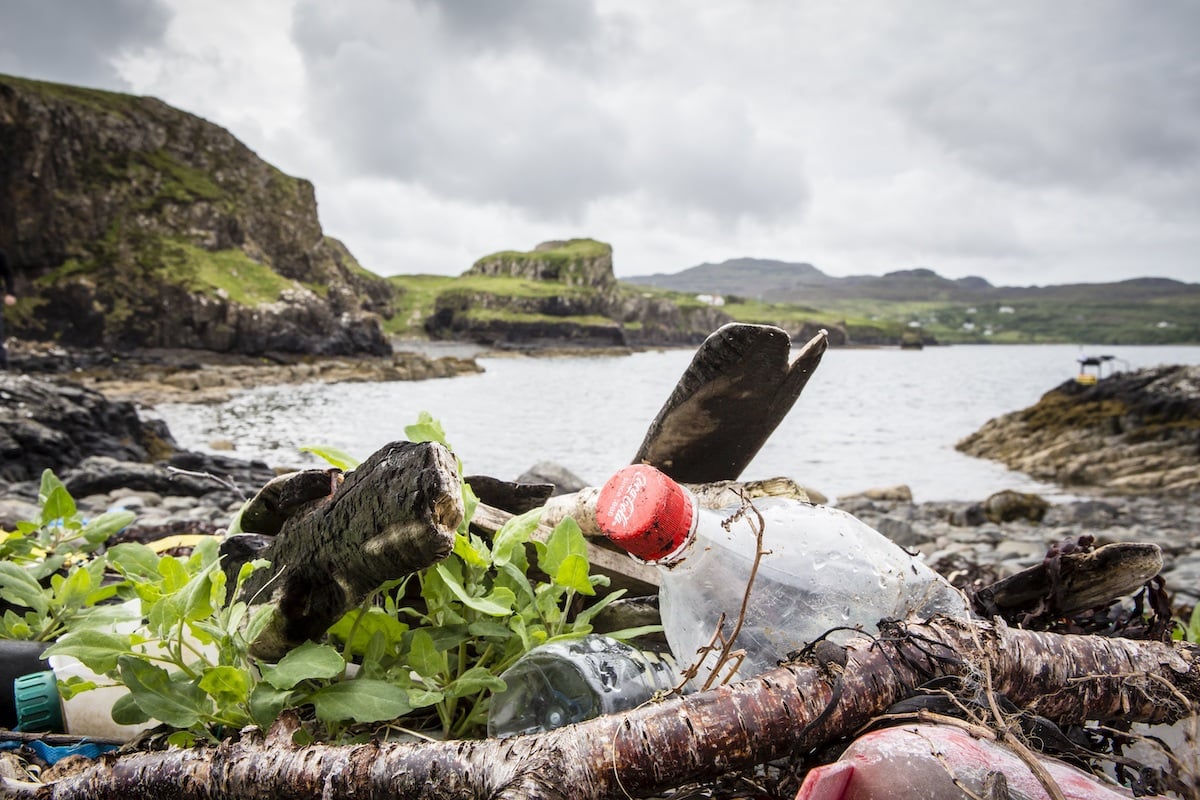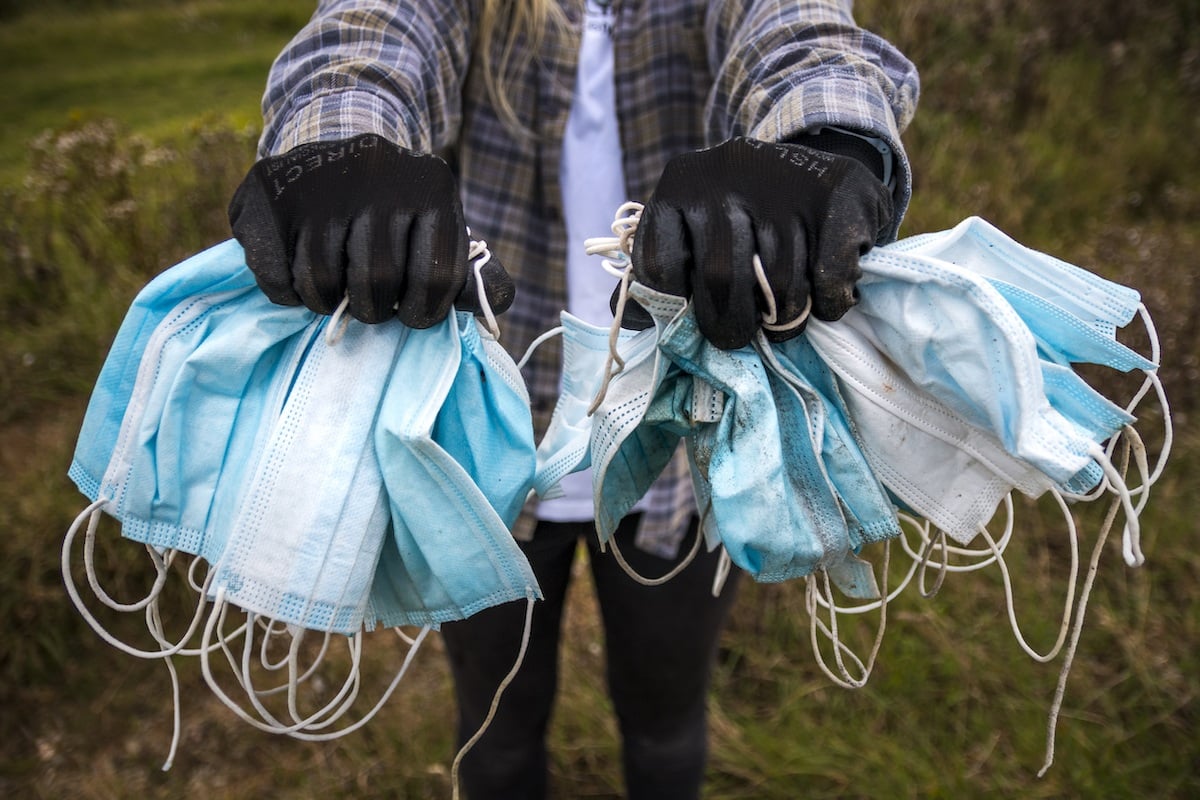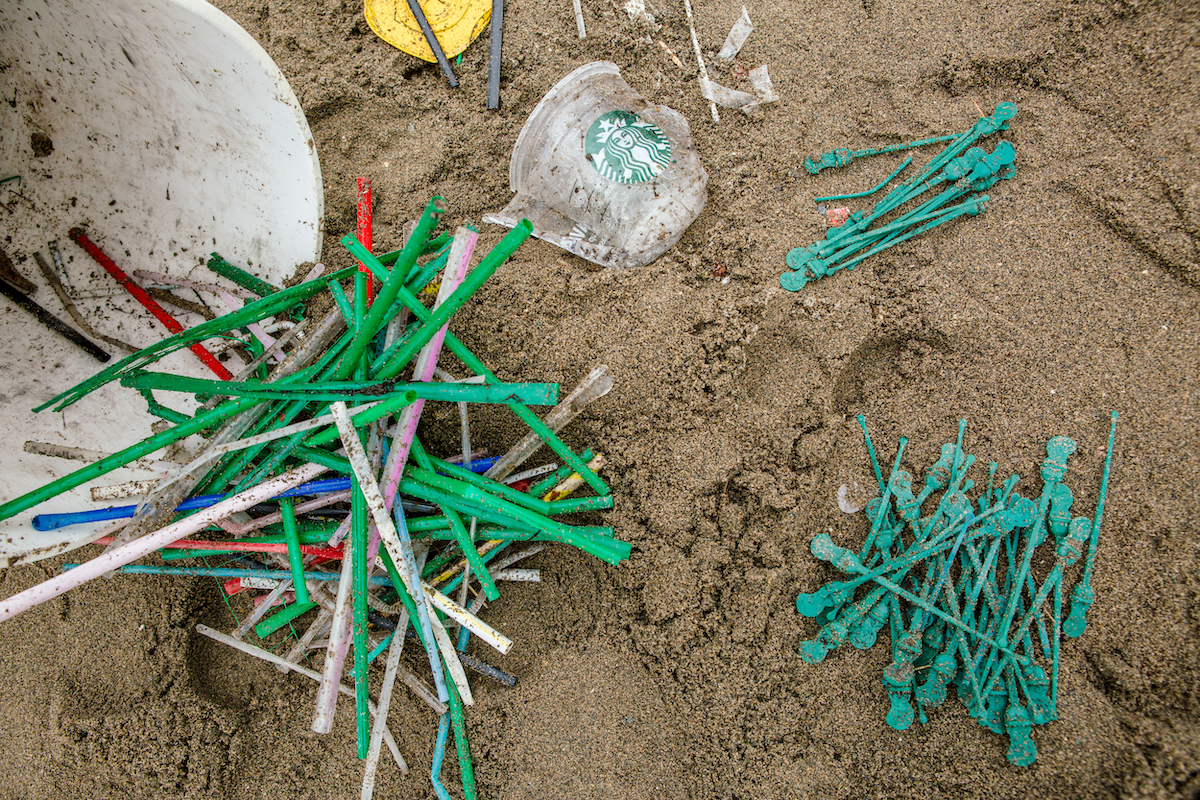Here is a little bit of information from Earthday.org! I have found it very informative and helpful. The person who wrote the article is based in the United States, but the contents can be applied to anywhere in the world. I have taken bits out of it and applied it to here in Menorca.
"Making the change to plastic-free living can be difficult as an individual, and can be even more difficult when living at home with others. Routines and habits are often passed down from older family members to younger ones, which can perpetuate certain lifestyle habits that are plastic heavy or unsustainable.
Engaging family members or roommates is an important step toward building plastic-free habits.
While changing your shower and sink routines is a highly personal action that is dependent on each individual person, household-wide changes including food shopping, household cleaning and food storage can encourage a group to participate together.
The key to saving our oceans and local marine ecosystems is to reconfigure our personal waste habits and limit our plastic use.
Need an extra push to get started going plastic free? I’ll show you just how I did it by starting small and thinking big.
After transitioning to a plastic-free shower, I moved onto making my sink-based routines plastic free. Looking at the overwhelming amount of plastic on my sink worktop, I realised that I needed to do something about it. Many of the products that we use for hygiene purposes — toothbrushes, toothpaste, soap, deodorant, hand sanitiser — are packaged in single-use plastic containers.
Oftentimes, people don’t recycle or don’t do so correctly because it’s confusing to understand what can or can’t be recycled and how. For example, some containers for deodorants must be disassembled and toothpaste tubes mailed back to manufacturers in order to be properly recycled instead of trashed. An easier solution is purchasing products that are entirely recyclable, compostable and plastic free.
I purchased glass bottles that can be reused for hand soap by using water-activated tablets, natural (paraben, sulfate and aluminum free) deodorant sold in recyclable push tubes and hand sanitiser sold in aluminum cans with reusable pumps. I even discovered a plastic-free toothpaste alternative by using toothpaste tablets that I bite down on and active with water along with my compostable toothbrush.
Overall, I’m now spending about $276 per year on my sink products versus the $288 per year I spent when they were plastics based. The prices are quite comparable, meaning you don’t have to spend more money to have a plastic-free sink. All it takes to get started is some research and a little bit of trial and error to make an impact.
Up-and-coming companies understand that the plastic-free movement isn’t going away anytime soon, and that to stay in the game they have to adapt their products for climate literate and eco-conscious citizens. You can make a pledge the to switch out one product at a time to a plastic-free substitute. Over time, the benefits will add up and we can begin reducing the amount of plastics we encounter on a daily basis.
Modifying food purchasing habits can go a long way in reducing plastic. Most products we come across in the grocery store rely on plastic in some way — whether that be for transport or packaging. By bringing our own grocery and produce bags, my family has reduced the amount of plastic we use each week.
While we had made plastic-free switches for shopping, we noticed how much food we were still wasting at home. So, we began composting to grow closer to becoming entirely waste free. Composting can reduce the amount of food waste that your household contributes to landfills on a daily basis and create nutrient-dense compost that can be used for gardening.
Other plastic-free group activities include cleaning and storage of shared groceries. A number of companies have created plastic-free alternatives to cleaning products, including window cleaner, dishwasher tablets and washing machine tablets. All of these products have reduced my family’s plastic footprint.
Another household change that we decided to make was using plastic-free produce containers for leftover food. By using a mixture of glass containers and reusable produce bags, we have reduced the need for single-use plastic ziploc bags and takeout containers.
It’s important to remember that while living sustainably and plastic free is beneficial to the planet, previously purchased products should still be used instead of thrown away. As we had found new products, we decided to donate the previous products to a women’s shelter. Sustainability isn’t yet accessible to everyone, including those with disabilities and individuals living in poverty, so we made sure that our products would still be put to use by those in need.
For more tips and tricks on how to reduce your overall plastic consumption sign up for EARTHDAY.ORG’s End Plastic Pollution campaign. Become a member to support our work against plastic and to join a growing community of environmental advocates working to protect the planet we all rely on"
Some of the actions are so easy to do and are so small that we should be able to do at least one of them, which is a start!
The blog song for today is: "Time" by Pink Floyd
TTFN

























